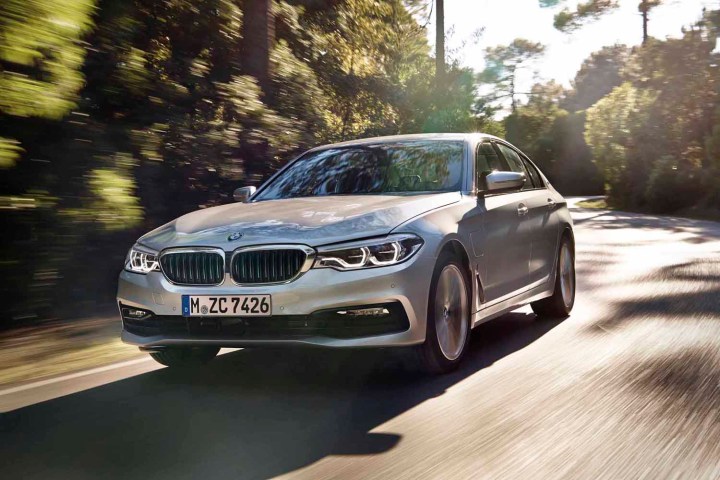
BMW and Mobileye aim to tackle that problem with crowdsourcing. The two companies plan to install Mobileye’s Road Experience Management system in BMW cars beginning with the 2018 model year. This will allow cars equipped with camera-based driver-assist systems to generate real-time data on the roads they travel over.
The same Mobileye cameras, EyeQ processors, and software that enable semi-autonomous driving features will send anonymized data from BMW customer cars to the cloud. Data will be transferred to Here, the mapping service jointly controlled by BMW, Audi, and Daimler. It will then be used for real-time updates of Here’s HD Live Map, a platform developed specifically to provide location data to automated cars.
This approach is similar to what Tesla has done with its Autopilot system. Drivers can opt into data collection, allowing Tesla to record information through Autopilot’s sensors whether the system is active or not. Tesla uses this data to monitor how human drivers traverse a given section of road, and apply that information to fine tuning Autopilot for different driving situations. These adjustments are then fed back into the entire fleet of Autopilot-equipped cars.
For its part, BMW says crowdsourced data collection will not only make future self-driving cars smarter, but will also provide customers with real-time information on things like traffic, road hazards, weather, and on-street parking. BMW plans to offer at least some degree of autonomous-driving capability on the iNext, a large luxury sedan set to debut in 2021.
BMW and Mobileye, along with Intel, announced an autonomous-car research partnership at CES 2017 last month. The three companies will put a fleet of approximately 40 self-driving BMW prototypes on the road before the end of this year. In addition to developing systems for the BMW iNext, the companies hopes to create a scaleable autonomous-driving platform that can be marketed to other automakers.
Editors' Recommendations
- Dubai Police to deploy driverless patrol cars with AI smarts
- An autonomous car in San Francisco got stuck in wet concrete
- Volkswagen is launching its own self-driving car testing program in the U.S.
- Robotaxis have a passenger problem that no one thought of
- Apple’s rumored car could cost the same as a Tesla Model S


